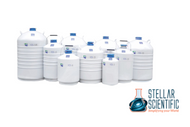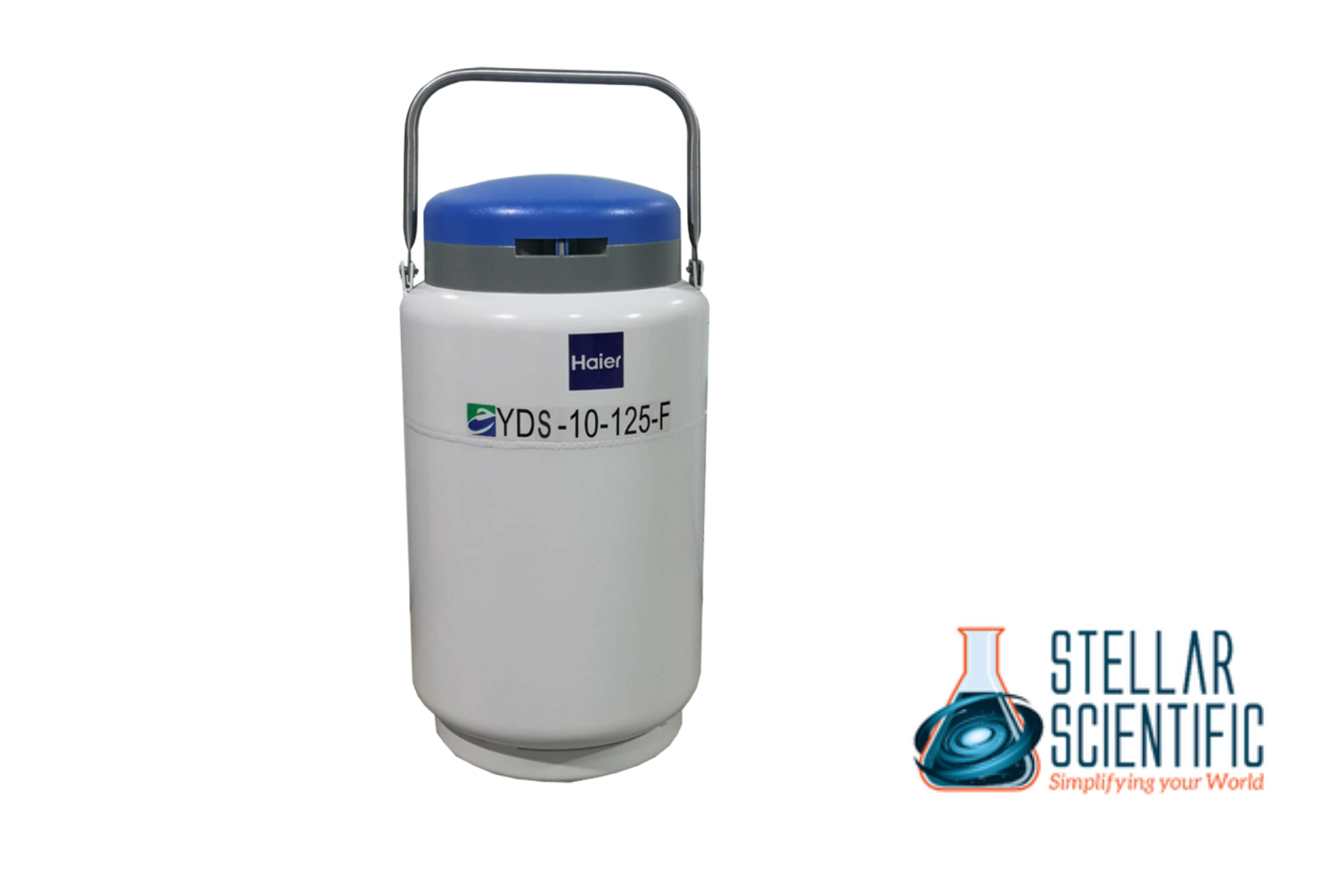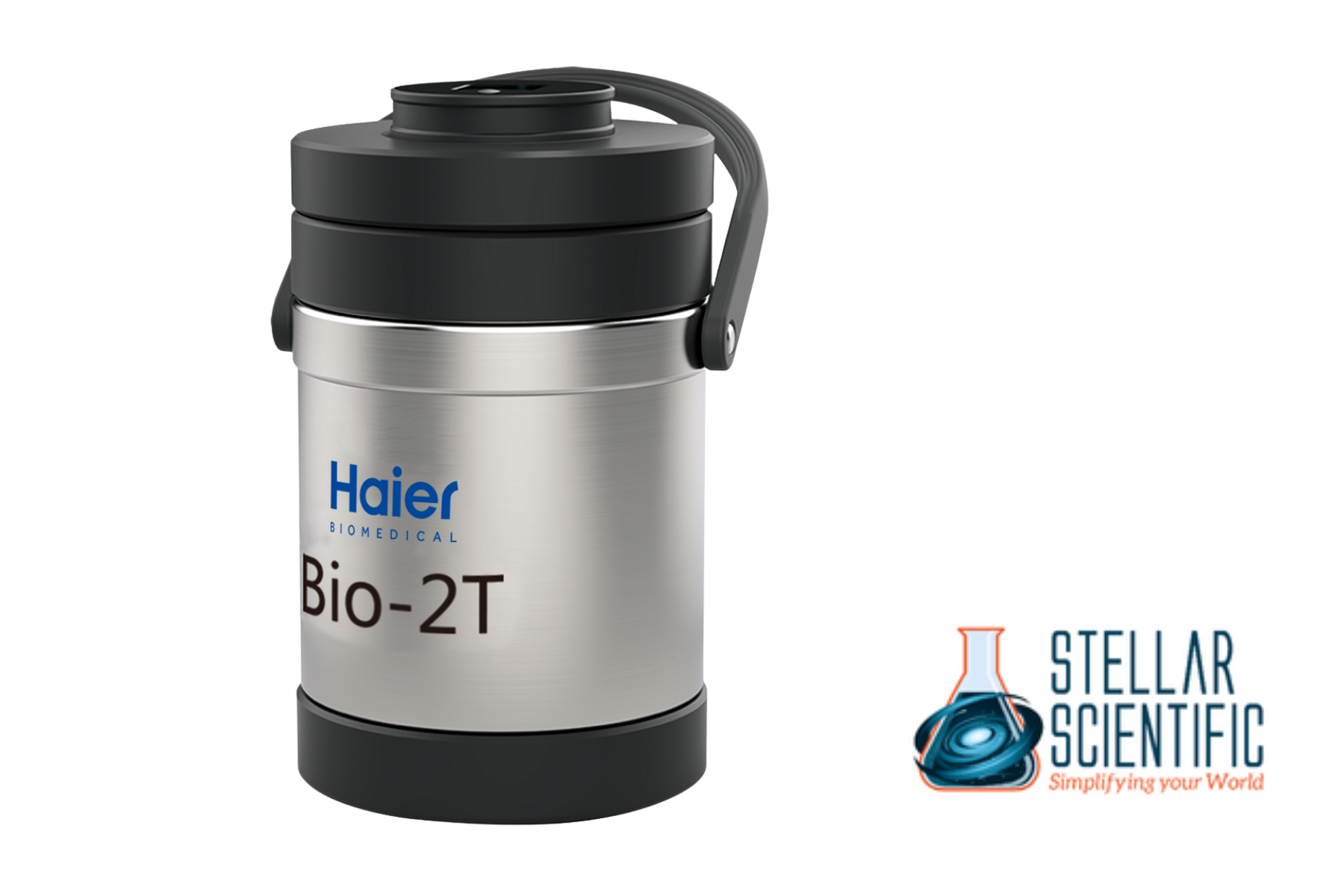Laboratory Safety First: Best Practices for Handling and Storing Small Liquid Nitrogen Tanks
18th Sep 2025
Liquid nitrogen is a powerful cryogenic substance widely used in various fields, from research and medicine to industrial applications. While its benefits are immense, the risks associated with handling and storing liquid nitrogen are equally significant. Small liquid storage containers are particularly common in laboratories, and understanding the proper safety measures when working with these tanks is critical to prevent accidents and ensure a safe working environment. In this blog post, we will explore the best practices for handling and storing small liquid nitrogen tanks, focusing on safety, efficiency, and proper usage.
What is Liquid Nitrogen?
Liquid nitrogen (LN2) is nitrogen in its liquid state at an extremely low temperature. At -196°C (-321°F), liquid nitrogen can be hazardous if mishandled. It is colorless, odorless, and non-flammable, making it a popular choice for cryogenic freezing, cooling, and other scientific applications. Due to its extremely low temperature, liquid nitrogen can cause severe frostbite or injury upon contact with skin or other materials. Furthermore, the rapid evaporation of liquid nitrogen into gaseous nitrogen can displace oxygen, creating a suffocation hazard in enclosed spaces.
Because of its versatility and potential hazards, it's essential to follow proper safety guidelines when handling and storing small liquid nitrogen tanks in a laboratory setting.
Best Practices for Handling Small Liquid Nitrogen Tanks
1. Proper Personal Protective Equipment (PPE)
When working with small liquid nitrogen tanks, personal safety is the top priority. Ensure that you are wearing appropriate personal protective equipment (PPE) before handling any liquid nitrogen. The necessary PPE includes:
- Cryogenic gloves: Insulated, thick gloves are essential to protect your hands from the cold temperatures of liquid nitrogen. Always avoid direct contact with the skin.
- Safety goggles or face shields: These protect your eyes from potential splashes or vapor exposure.
- Long sleeves and pants: Protect your arms and legs from accidental spills and splashes.
- Closed-toed shoes: These should be resistant to cold temperatures and capable of offering protection from spills.
Even though small liquid nitrogen tanks are portable and easier to handle than larger units, they still pose significant risks when mishandled. Always ensure that you wear the proper gear to minimize exposure.
2. Transporting Small Nitrogen Tanks Safely
When moving a small nitrogen tank, take care to follow appropriate safety procedures to prevent injury or damage. For portable liquid nitrogen containers, these best practices should be followed:
- Secure the tank: Always ensure that the nitrogen tank is properly secured when transporting it. Tanks should be fastened with straps to prevent them from tipping over or rolling.
- Use trolleys or carts: Small nitrogen tanks can be heavy and cumbersome. Always use a trolley or cart designed for cryogenic liquids to safely move the tank without excessive physical strain.
- Transport in well-ventilated areas: Make sure that the tank is moved in areas with good airflow to avoid the accumulation of nitrogen gas, which could pose a suffocation risk.
By securing and handling the tanks properly, you minimize the risk of accidents during transportation.
3. Ventilate the Area
Because liquid nitrogen rapidly converts into nitrogen gas, it's crucial to work in well-ventilated areas. Nitrogen gas is colorless, odorless, and heavier than oxygen, meaning it can displace oxygen in an enclosed space, leading to suffocation risks. Always ensure the following:
- Ventilation systems: Laboratories that store and use liquid nitrogen should have ventilation systems that allow for the safe dissipation of nitrogen gas. This could include exhaust fans or venting hoods.
- Monitor oxygen levels: In situations where large quantities of liquid nitrogen are used, consider using oxygen sensors to monitor oxygen levels in the room.
- Avoid confined spaces: Never work with liquid nitrogen in small, confined areas without proper ventilation, as this increases the risk of oxygen displacement.
Good ventilation ensures that nitrogen gas can safely dissipate and prevents hazardous conditions.
4. Handling Spills and Accidents
Spills or leaks are common when working with liquid nitrogen tanks. Because of its extremely low temperature, liquid nitrogen can cause immediate damage to surfaces or tissues. To handle spills safely:
- Do not touch the spill: If liquid nitrogen spills, avoid direct contact with it. Instead, let it evaporate naturally in a well-ventilated space.
- Clear the area: If a spill occurs, evacuate the area immediately and ensure no one is in the path of the evaporating nitrogen. The rapid evaporation of nitrogen can displace oxygen in the area, creating an asphyxiation risk.
- Use spill containment: In cases where significant amounts of liquid nitrogen may be spilled, have spill containment measures like spill mats or specialized containment systems in place to capture the liquid safely.
By following these protocols, you can minimize the risks of accidental exposure and property damage from liquid nitrogen spills.
5. Storing Small Liquid Nitrogen Tanks
Proper storage is essential for the safety and longevity of small liquid nitrogen tanks. Here are some important considerations when storing your portable liquid nitrogen containers:
- Store in well-ventilated areas: Just as with handling, storage areas should have proper ventilation to prevent nitrogen gas from accumulating. Ensure the area is free of obstructions and has enough airflow to allow gases to dissipate.
- Keep tanks upright: Always store small liquid nitrogen tanks in an upright position to prevent leaks and ensure that the tank operates efficiently. Most tanks are designed to be stored upright to allow for proper venting and avoid over-pressurization.
- Check for damage regularly: Inspect the tank for any signs of wear or damage, such as dents, cracks, or rust. Damaged tanks can become dangerous over time, and they should be replaced or repaired immediately.
- Temperature considerations: While liquid nitrogen is stored at very low temperatures, it’s essential to avoid exposing the tanks to heat sources, which could cause pressure to build up and lead to dangerous conditions.
Proper storage minimizes the risk of leaks, accidents, and improper nitrogen handling.
6. Routine Maintenance
Routine maintenance is essential to ensure that the small nitrogen tank continues to function correctly and safely. Some maintenance practices include:
- Regular inspections: Check the tank for any signs of damage, corrosion, or wear. Ensure that valves, pressure regulators, and seals are functioning properly.
- Check the pressure: Ensure that the pressure relief valve is operational and that the tank is not over-pressurized, as this could cause catastrophic failure.
- Inspect the insulation: The insulation of small liquid nitrogen tanks plays a key role in maintaining the liquid nitrogen at a low temperature. Ensure that the insulation is intact and providing proper protection.
Regular maintenance helps prolong the life of your equipment and ensures safety when handling liquid nitrogen.
Conclusion
Handling and storing small liquid nitrogen tanks requires careful attention to safety procedures and protocols. Whether it’s wearing the proper protective gear, ensuring proper ventilation, or following storage guidelines, safety must always come first when working with cryogenic liquids like liquid nitrogen. By adhering to these best practices, you can reduce risks and ensure that your laboratory remains a safe environment for all personnel involved.
About Stellar Scientific
At Stellar Scientific, we specialize in providing high-quality laboratory equipment. Our products are designed to meet the needs of a wide range of industries, from research labs to medical facilities. We are committed to offering reliable, efficient, and safe solutions for handling and storing liquid nitrogen. Visit our website to learn more about our products and how we can support your laboratory's needs with our innovative equipment.



